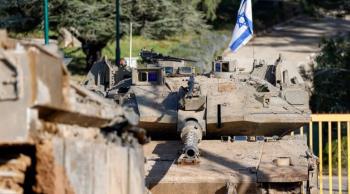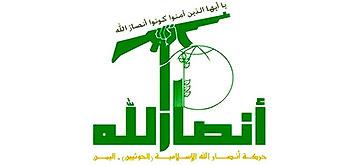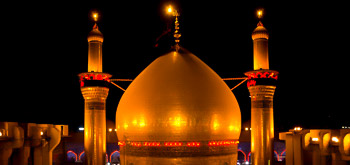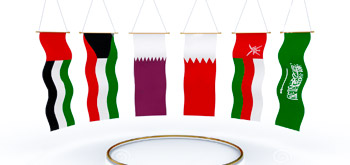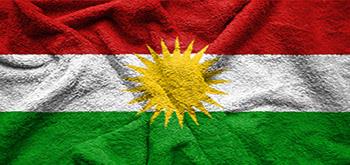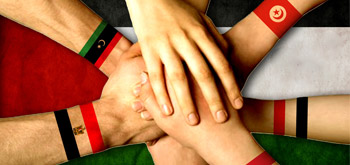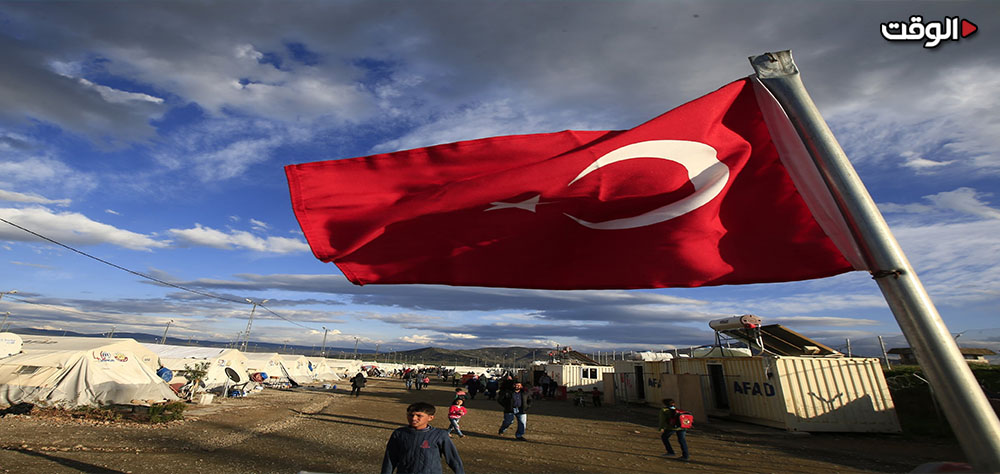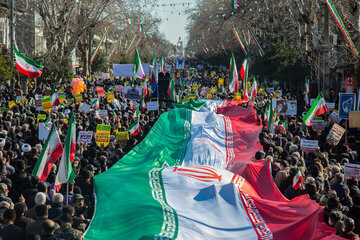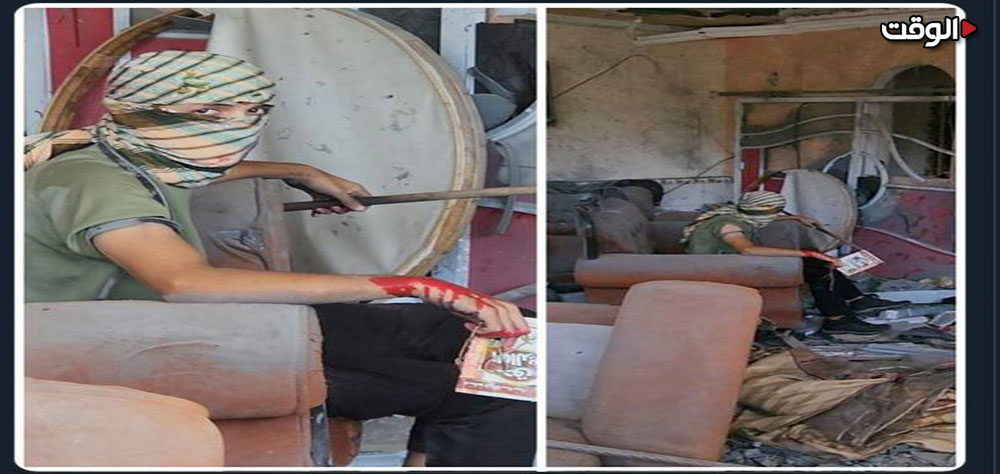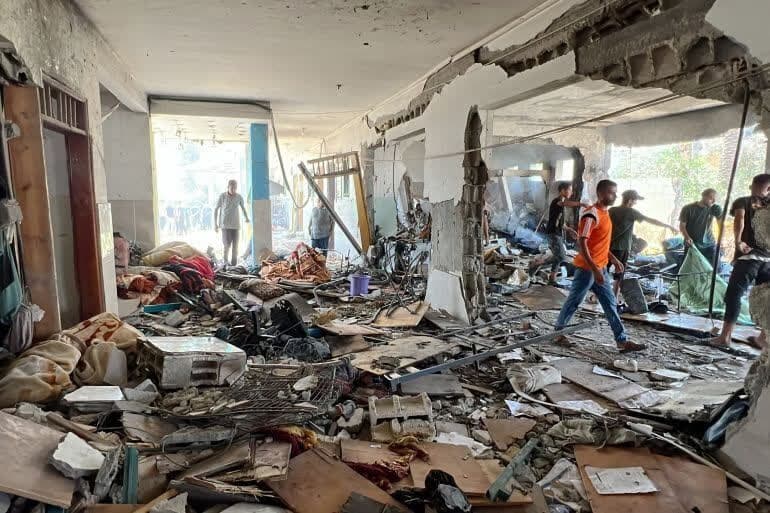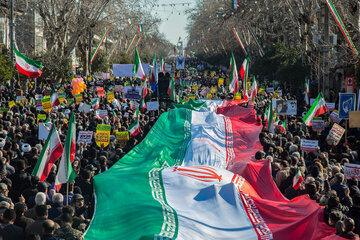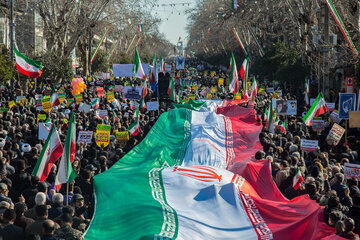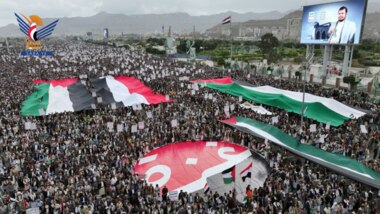Alwaght- With the collapse of government of Bashar al-Assad in Syria, the case of the Syrian refugees, which was put on international agenda after the end of civil war in the country, is being pursued actively. Still, just against the preliminary optimism about acceleration of return of millions of refugees under the new rule, the process remains slow and challenging.
In this regard, the United Nations High Commissioner for Refugees announced in its latest report last week that more than 270,000 Syrian refugees have returned to their country since the overthrow of the Bashar al-Assad government on December 8.
However, this figure is a small number compared to the total estimated number of foreign refugees. According to the UN statement, 5.5 million Syrian refugees currently live in Turkey, Lebanon, Jordan, Iraq and Egypt.
In early January, the Commissioner announced that more than 115,000 Syrians have returned to Syria from Turkey, Jordan and Lebanon since December 8.
Concerning the internally displaced people, the situation is slightly better, as according to the UN, more than 825,000 have returned to their areas during this period.
Refugees and the continuation of economic challenges post-Assad
Political experts tie the decline of the Syrian refugees, especially those in Turkey, to return home to the lack of a real outlook for settlement of living and economic challenges, despite the promises by the new rulers about improving the relations with the Arab countries and lifting of the Western sanctions.
According to Al-Hurra news, economic expert Younis al-Karim believes that the Syrians returning from Turkey to their country face complicated economic challenges.
According to this expert, the most important obstacles facing the return of refugees are the difficult conditions of daily life, from the lack of basic services such as electricity and water to high prices and inflation due to the collapse of government institutions, which have deprived citizens of a normal life. The sharp increase in prices, both in terms of rent and basic services, imposes an additional burden on the shoulders of refugees and increases their living costs.
The lack of planning to organize the market and provide basic goods and the government's inability to control food prices have led to a state of economic chaos, so those who have returned home now find themselves in an unstable financial environment.
According to experts, one of the important indicators in this regard has been the instability of the Syrian currency, as there is no clear mechanism for purchases and financial transactions, which has added to the uncertainty of the economic outlook.
Meanwhile, with the West declining to lift economic sanctions against Syria, the situation grows complicated as the Syrian economy lacks any banking structure that can support investment or provide financial facilities. This is while the reconstruction of Syria and restarting the economy requires extensive foreign investment, and in its absence, private investment carries a high risk.
This situation has made it difficult for Syrian refugees to return, even despite the facilities provided by host countries.
For example, the Turkish interior ministry, headed by Minister Ali Yerlikaya, recently introduced a new facility plan to help refugees better plan their return, allowing Syrian family heads to visit Syria up to three times between January and June this year to assess the situation before making a final decision to return.
While the initiative gives Syrians a chance to visit their homes to assess the overall situation without worrying about not being able to return to Turkey, Kadri Gungorur, director of social welfare at the Refugee Council of Turkey, told Reuters that the initial enthusiasm for returning has waned over time.
Gungorur said some families feel regret and want to return to Turkey after comparing living conditions in the two countries and seeing major problems such as lack of education and health services.
One example of this situation is Munir al-Mudallal, a Syrian refugee living in Turkey who owns a sewing workshop in Istanbul. He told Al-Hurra that he had recently returned to Aleppo with the aim of moving his business inside Syria, but he preferred to return to Turkey because the conditions were not yet suitable for a full return and he would wait another year to see how the situation would develop.
"It is still too early to start a business in Syria, I don't want to take risks and lose the capital I have accumulated in Turkey," he added.
In this regard, Turkish expert Professor Murat Erdogan, pointing out that the decision to return takes time, believes: "A maximum of 20 percent of Syrian refugees will return immediately, and this will take years."
Economic damages Turkey suffers from refugee return
Turkish government in recent years has been impatient to return the Syrian refugees home due to economic challenges, runaway inflation, and high unemployment rates and prospects of the return have grown more appropriate under the new rulers of Syria. However, observers warn about negative impacts of return of Syrian refugees in large numbers on the Turkish labor market.
This has been particularly true for Turkey's textile sector. With the increasing talk of Syrians returning to their country, the Turkish textile industry has seen a flurry of hiring, as the sector relies heavily on Syrian labor force, which plays a pivotal role in maintaining production.
"Syrians have contributed a lot to the textile sector here, and 70 percent of our workers are Syrian, and although we don't expect a sudden exodus, it will result in a significant loss of manpower," Ali Gozcu, director of ALG Tekstil in Gaziantep, told AFP.
"All the workers here are Syrian, so in addition to production costs, labor costs will also increase significantly," Yusuf Shamil Kandil, quality manager at Beni Giy, told AFP.
“If the Syrians leave, there will be no one left to work here,” said Zakaria Bozu, a 55-year-old Syrian worker who plans to return to Syria, the agency reported.
Turkey is the world’s sixth-largest textile producer, with most factories located in the south of the country and home to some 2.9 million Syrian refugees, although only 100,000 have official work permits.
More than 81,000 Syrians have returned to their country so far, according to figures from the Turkish interior ministry, with the number expected to increase during the upcoming Eid al-Adha holiday in June.
New initiatives, from transfer of workshops to national employment strategy
Concerns about negative impacts of the withdrawal of labor force from the Turkish labor market have pushed the government to think solutions.
One of the government's options is designing the national employment strategy that aims at providing specialized labor force for the period 2025-2028.
According to the document, areas in need of qualified foreign workers will be identified and policies will be implemented to fill the gap.
According to the Turkish newspaper Cumhuriyet, the strategy includes programs for "reverse brain drain" aimed at bringing back Turkish citizens working abroad and encouraging them to return to Turkey.
Within the framework of the strategy, analytical studies will be carried out on the potential impact of the return of Syrians on the Turkish labor market.
These studies will include research into sectoral and regional changes, the extent to which local employment is affected by these returns, and the expected changes in labor supply and demand. They will also develop concrete and actionable policies to manage these impacts.
Still, despite formulation of this strategy, the employers and textile company owners are highly worried about production costs rise and therefore some have presented another solution: Relocation of production lines to Syria.


